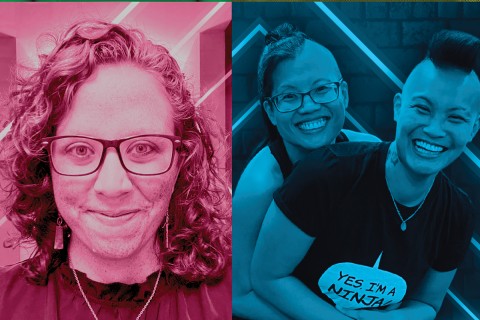The people who died making my clothes
When I’m buying food, I generally prioritize quality and ethical sourcing over thrift. When it comes to clothes, I more often do the opposite: I wait for great deals, I don’t get fancy, and I try not to think about where my clothes come from. I’m not sure why my approach is so different. Maybe it’s because I find food a lot more interesting than fashion, and being thrifty in one area lets me be spendy in another.
Not that it matters how good my reasons are. These days, buying cheap clothes means buying clothes made in Bangladeshi sweatshops. Minimum wage there is $37 a month, unions are almost nonexistent, and working conditions are dreadfully unsafe. This morning, scores of people in Bangladesh died making cheap clothes for export. Hundreds more were injured. A substandard factory building collapsed, and it’s not the first time.
I used to buy shirts from American Apparel, until I got tired of Dov Charney’s indifference to sexual harrassment. When No Sweat liquified its retail inventory and went wholesale-only, I picked up some crazy closeout deals. Too little, too late—apparently I wasn’t the only one who liked the idea of supporting American union jobs instead of South Asian sweatshops but was unwilling to pay a premium for it.





